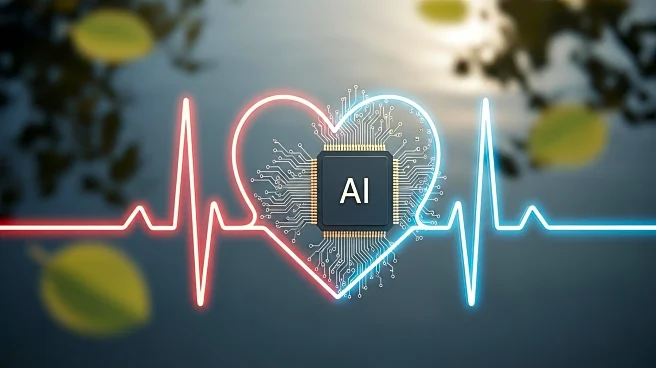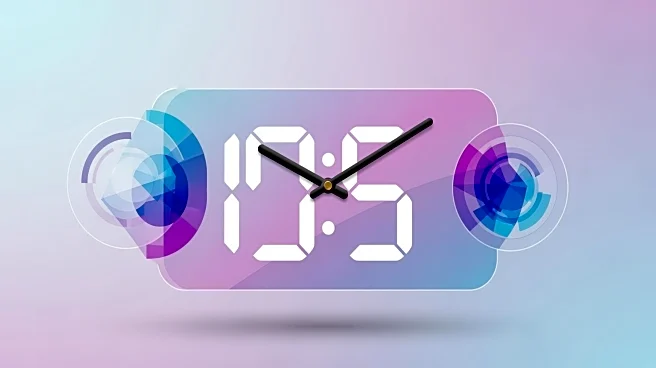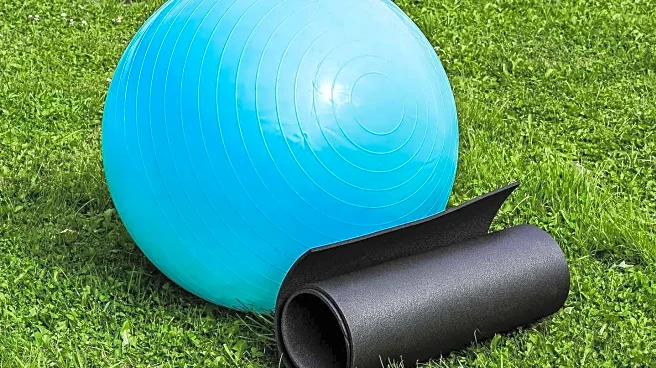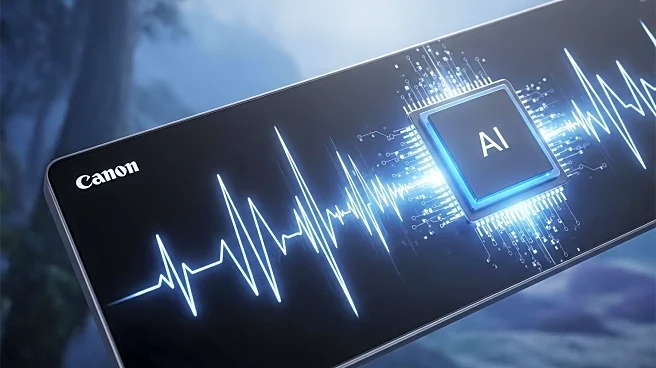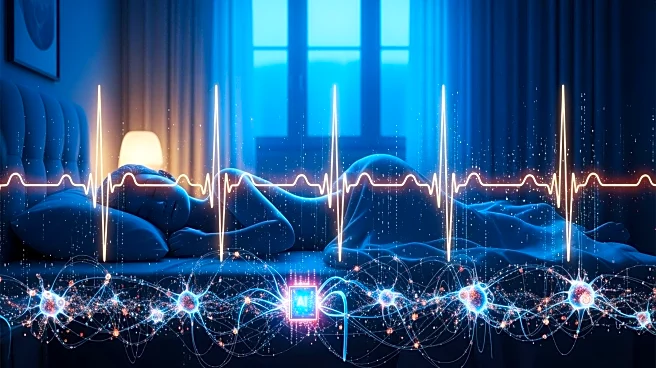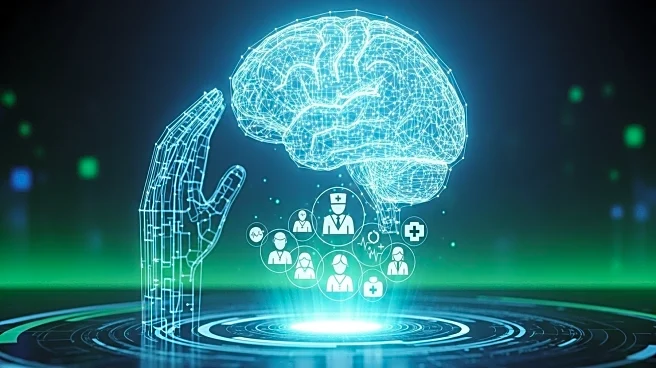What's Happening?
A study published in Nature details the development of an automated system for detecting obstructive sleep apnea-hypopnea syndrome (OSAHS) using electrocardiogram (ECG) data and a temporal convolutional
network (TCN). The research involved a dataset from a study conducted at St Vincent’s University Hospital, Dublin, and compared various machine learning models, including LSTM and Transformer, for accuracy in classifying sleep events. The ECG-TCN model demonstrated superior performance, achieving an accuracy rate of 91.6% and effectively classifying apnea and hypopnea events.
Why It's Important?
This advancement in automated sleep apnea detection is crucial for improving diagnostic accuracy and efficiency in sleep medicine. The use of ECG data and AI models like TCN can enhance the reliability of sleep disorder diagnoses, potentially reducing the need for more invasive procedures. This technology could lead to better patient outcomes and streamline the process for healthcare providers, making it a valuable tool in the management of sleep-related conditions.
